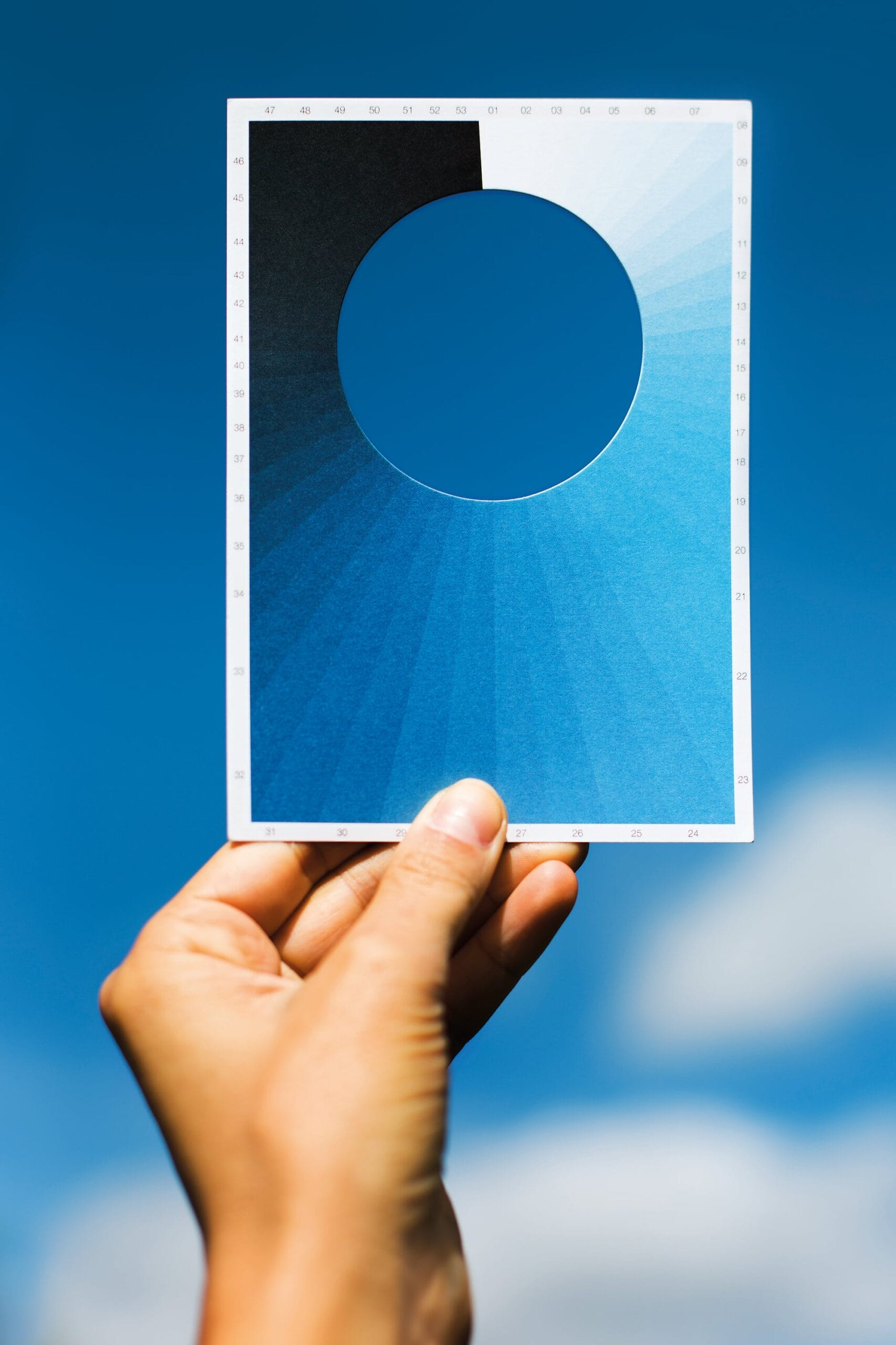Microscopic wave-like patterns rippling across the surface of a fruit fly embryo have taken the top spot in Nikon’s 2024 Small World in Motion competition. In biology, the phenomenon is known as mitotic waves, which synchronize cell division across the entire embryo.
The process was captured at 20x magnification by Dr. Bruno Vellutini of the Max Planck Institute of Molecular Cell Biology and Genetics in Dresden—one of a slew of mind-boggling images to win accolades in the contest’s 14th year.
1st place winner: Dr. Bruno Vellutini, Max Planck Institute of Molecular Cell Biology and Genetics, Dresden, Saxony, Germany. Mitotic waves in the embryo of a fruit fly (Drosophila melanogaster)
Small World in Motion (previously) invites entries in video or digital timelapse photography that have been captured through a microscope, revealing processes invisible to the naked eye and shedding light on the world around us.
Vellutini, a zoologist with a background in evolutionary and developmental biology, is dedicated to advancing our understanding of how embryos develop from a single cell—a process fundamental to all animal life. Like Richard J. Albrecht’s timelapse of a molting mayfly, Cora A. Harris’s prismatic documentation of crystallizing magnesium sulfate, or Dr. Luis Carlos Cesteros’s blooming algae, Vellutini highlights a different view of something we actually interact with surprisingly often.
“Fruit fly embryos in our homes, developing in our kitchens and our trash bins, are undergoing the same processes as shown in the video,” Vellutini says. “I believe the video is particularly impactful because it shows us how these fascinating cellular and tissue dynamics are happening every day, all around us—even in the most mundane living beings.”
Browse a few of our favorite entries here, and explore all of the winning images on the competition’s website.
Honorable mention: Cora A. Harris, Charlotte, North Carolina, U.S. Crystallization of magnesium sulfate (MgSO4) salt crystals
Honorable mention: Richard J. Albrecht, Altenstadt, Bavaria, Germany. Molting mayfly
Honorable mention: Thomas Barlow & Connor Gibbons, Columbia University, Department of Neurobiology and Behavior, New York, New York, U.S. Movement and chromatophore activity in a developing octopus embryo (Octopus hummelincki)
4th place winner: Dr. Ignasi Vélez Ceron, Dr. Francesc Sagués, and Dr. Jordi Ignés-Mullol, University of Barcelona, Department of Materials Science and Physical Chemistry, Barcelona, Spain. Friction transition in a microtubule-based active liquid crystal
Honorable mention: Quinten Geldhof, Winthrop, Massachusetts, U.S. Mosquito larva feeding
Honorable mention: Dr. Luis Carlos Cesteros, Durango, Bizkaia, Spain. Algae (Synura uvella)
2nd place winner: Jay McClellan, Saranac, Michigan, U.S. Water droplets evaporating from the wing scales of a peacock butterfly (Aglais io)
1st place winner: Dr. Bruno Vellutini, Max Planck Institute of Molecular Cell Biology and Genetics, Dresden, Saxony, Germany. Mitotic waves in the embryo of a fruit fly (Drosophila melanogaster)
Do stories and artists like this matter to you? Become a Colossal Member today and support independent arts publishing for as little as $7 per month. The article Get Super Up-Close to Biology with the Winners of Nikon’s Small World in Motion appeared first on Colossal.


